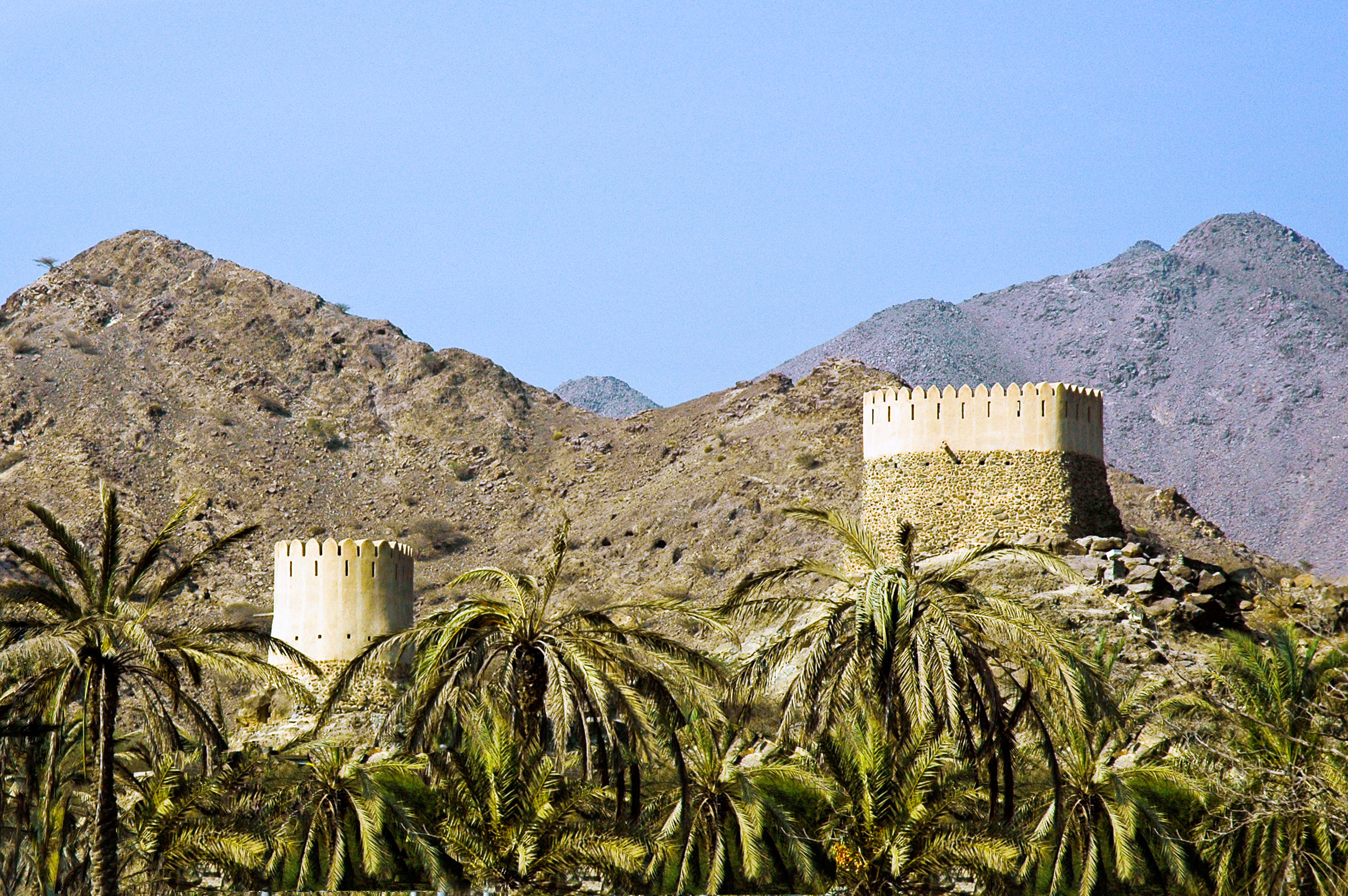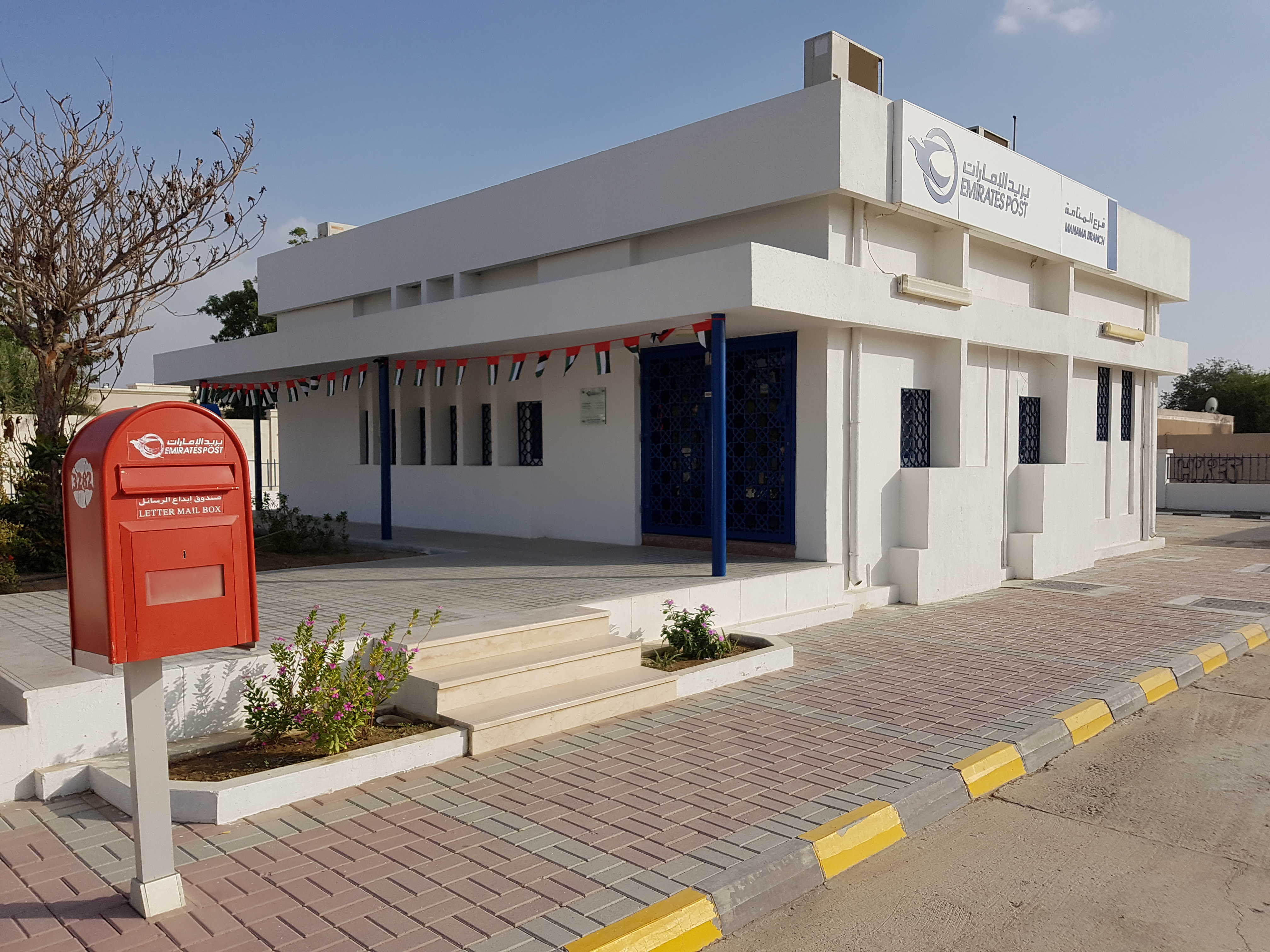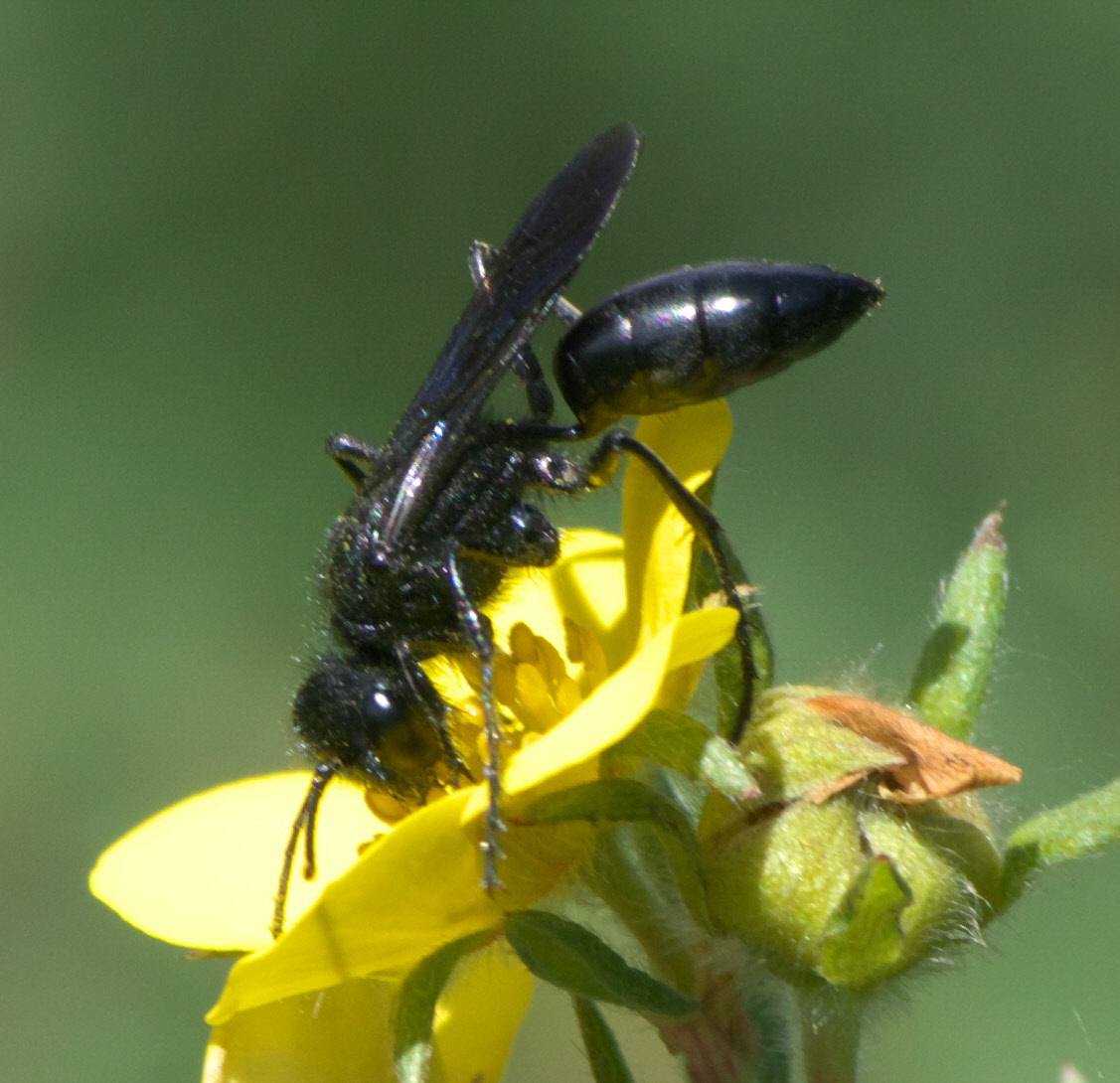|
Wadi Maydaq
Wadi Maydaq is a seasonal watercourse in the Hajar Mountains of Fujairah, United Arab Emirates. The wadi runs from the village of Marbad, through the village of Maydaq, and down to the Ajman exclave of Manama. The wadi is guarded by the derelict Maydaq Fort, a watchtower situated in the middle of the most agriculturally developed stretch of the watercourse. The wadi is traditionally associated with settlements of the Sharqiyin tribe. It is a popular destination for day trippers and hikers, celebrated for its natural beauty. Conservationists have identified rare species of fauna in the wadi, including digger wasps. File:The Derelict Maydaq Fort.jpg, The derelict Maydaq Fort in the Wadi Maydaq File:Blue Pool in the Wadi Maydaq.jpg, The 'Blue Pool' in the Wadi Maydaq File:Wadi Maydaq at Marbad.jpg, Wadi Maydaq dammed at Marbad; the wadi would otherwise flow into the Wadi Siji. File:Wadi Maydaq.jpg, Wadi Maydaq in Fujairah, UAE See also * List of wadis of the United Arab Emirate ... [...More Info...] [...Related Items...] OR: [Wikipedia] [Google] [Baidu] |
Maydaq
Maydaq is the name of a wadi and also a settlement in Fujairah, United Arab Emirates (UAE), traditionally associated with the Sharqiyin tribe. Wadi Maydaq Wadi Maydaq is a seasonal watercourse in the Hajar Mountains of Fujairah, United Arab Emirates. The wadi runs from the village of Marbad, through the village of Maydaq, and down to the Ajman exclave of Manama. The wadi is guarded by the derelict ... is a popular venue for hiking and offroading. Alternative Names: Madaq, Madāq, Maidaq, Maydaq References Populated places in the Emirate of Fujairah Villages in the United Arab Emirates {{UnitedArabEmirates-geo-stub ... [...More Info...] [...Related Items...] OR: [Wikipedia] [Google] [Baidu] |
Fujairah
Fujairah City ( ar, الفجيرة) is the capital of the emirate of Fujairah in the United Arab Emirates. It is the seventh-largest city in UAE, located on the Gulf of Oman (part of the Indian Ocean). It is the only Emirati capital city on the UAE's east coast. The city of Fujairah is an industrial and commercial hub located on the east coast of the Indian Ocean that sits at the foothills of the Hajar Mountains. Demographics In 2016, the city had a population of 97,226, a significant number (43%) compared to 225,360 in the entire emirate. Commercial Fujairah City is the main business and commercial centre for the emirate, with tall office buildings lining Hamad Bin Abdulla Road, the main route into the city. The road runs through the city and connects Fujairah City to Dubai through the Emirate of Sharjah. The city's location provides direct access to the Indian Ocean for the United Arab Emirates, avoiding use of the Persian Gulf, which requires access via the Strait of Hormuz. ... [...More Info...] [...Related Items...] OR: [Wikipedia] [Google] [Baidu] |
United Arab Emirates
The United Arab Emirates (UAE; ar, اَلْإِمَارَات الْعَرَبِيَة الْمُتَحِدَة ), or simply the Emirates ( ar, الِْإمَارَات ), is a country in Western Asia (The Middle East). It is located at the eastern end of the Arabian Peninsula and shares borders with Oman and Saudi Arabia, while having maritime borders in the Persian Gulf with Qatar and Iran. Abu Dhabi is the nation's capital, while Dubai, the most populous city, is an international hub. The United Arab Emirates is an elective monarchy formed from a federation of seven emirates, consisting of Abu Dhabi (the capital), Ajman, Dubai, Fujairah, Ras Al Khaimah, Sharjah and Umm Al Quwain. Each emirate is governed by an emir and together the emirs form the Federal Supreme Council. The members of the Federal Supreme Council elect a president and vice president from among their members. In practice, the emir of Abu Dhabi serves as president while the ruler of Dubai is vice pre ... [...More Info...] [...Related Items...] OR: [Wikipedia] [Google] [Baidu] |
Al Hajar Mountains
The Hajar Mountains ( ar, جِبَال ٱلْحَجَر, Jibāl al-Ḥajar, ''The Rocky Mountains'' or ''The Stone Mountains'') in northeastern Oman and also the eastern United Arab Emirates are the highest mountain range in the eastern Arabian peninsula. Also known as "Oman Mountains", they separate the low coastal plain of Oman from the high desert plateau, and lie inland from the Gulf of Oman. ''Al'' () means "the", and ''Ḥajar'' () means "stone" or "rock". So ''al-Ḥajar'' () is named as "the stone" or "the rock". Geology Orography and tectonic setting The Hajar Mountains extend for through the UAE and Oman. They are located on the north-east corner of the Arabian Plate, reaching from the Musandam Peninsula through to the east coast of Oman. The range is about wide, with Jabal Shams being the highest peak at 3,009 m (9,872 ft) in the central region of the mountains. Currently, the Arabian Plate is moving north relative to the Eurasian Plate at per ye ... [...More Info...] [...Related Items...] OR: [Wikipedia] [Google] [Baidu] |
Emirate Of Fujairah
The Emirate of Fujairah ( ar, إِمَـارَة ٱلْفُجَيْرَة ' ) is one of the seven emirates that make up the United Arab Emirates. The only of the seven with a coastline solely on the Gulf of Oman and none on the Persian Gulf, its capital is Fujairah. History The Emirate of Fujairah, dominated by the ''Sharqiyin'' tribe, sits at the mouth of the important trade route, the ''Wadi Ham'' (which is guarded by the Sharqiyin Al Bithnah Fort), through the mountains to the interior and the Persian Gulf Coast. Known as the ''Shamaliyah'', the east coast of what is now the UAE was subject to Muscat until 1850, when it was annexed by ''Al Qasimi'' of Sharjah, in an agreement made between Sheikh Sultan bin Saqr Al Qasimi and the Sultan of Muscat. The Shamaliyah was governed by Al-Qasimi Wali at Kalba although frequently seceded and in 1901 Sheikh Hamad bin Abdullah Al Sharqi, chief of the Sharqiyin, declared independence from Sharjah. This was recognized by a number of t ... [...More Info...] [...Related Items...] OR: [Wikipedia] [Google] [Baidu] |
Wadi
Wadi ( ar, وَادِي, wādī), alternatively ''wād'' ( ar, وَاد), North African Arabic Oued, is the Arabic term traditionally referring to a valley. In some instances, it may refer to a wet (ephemeral) riverbed that contains water only when heavy rain occurs. Etymology The term ' is very widely found in Arabic toponyms. Some Spanish toponyms are derived from Andalusian Arabic where ' was used to mean a permanent river, for example: Guadalcanal from ''wādī al-qanāl'' ( ar, وَادِي الْقَنَال, "river of refreshment stalls"), Guadalajara from ''wādī al-ḥijārah'' ( ar, وَادِي الْحِجَارَة, "river of stones"), or Guadalquivir, from ''al-wādī al-kabīr'' ( ar, اَلْوَادِي الْكَبِير, "the great river"). General morphology and processes Wadis are located on gently sloping, nearly flat parts of deserts; commonly they begin on the distal portions of alluvial fans and extend to inland sabkhas or dry lakes. In basin and r ... [...More Info...] [...Related Items...] OR: [Wikipedia] [Google] [Baidu] |
Manama, Ajman
Manama is a township in the United Arab Emirates (UAE), one of two exclaves of the emirate of Ajman (the other is Masfout). Its land area is mainly given over to agricultural usage. It is known to stamp collectors as a number of editions of colourful stamps were issued from there in the late 1960s. At the census of 2017 the city had a population 5,823 on an area of 25.73 km2, which corresponds to a population density of 226.3 per km2. History Manama was, at the turn of the 20th century, a village of seven or eight houses of the Sharqiyin tribe. It grew in importance when, following the crash of the pearling industry in the late 1920s, the Ruler of Ajman, Sheikh Rashid Al Nuaimi, identified Manama as an area with the potential to be developed as Ajman's 'bread basket' and invested in planting a number of crops, including papaya and lemon trees. Manama was also the source of two particularly fine varieties of wild honey with ''sidr'' and ''simr'' trees providing two seasonal ... [...More Info...] [...Related Items...] OR: [Wikipedia] [Google] [Baidu] |
Sharqiyin
The Sharqiyin ( ar, الشرقيون, singular Al Sharqi ar, الشرقي) is a tribe of the United Arab Emirates (UAE). The Sharqiyin were long the dominant tribe along the East coast of the Trucial States (and the second most numerous in the area around the start of the 19th century), an area known as Shamailiyah. A 1968 census showed 90% of the tribal population of Fujairah was Sharqiyin. They were traditionally dependents of Sharjah and, over the centuries, made several attempts to secede and declare independence, finally practically managing this from 1901 onwards and finally gaining British recognition as a Trucial State, Fujairah, in 1952. They settled all along the East Coast of the Trucial States, from Kalba to Dibba, as well as in the Wadi Ham and Jiri plain and by the turn of the 20th century they were some 7,000 strong. Three sections of the tribe are notable, the Hafaitat (from which the ruling family of Fujairah derives), the Yammahi and the Hamudiyin. After th ... [...More Info...] [...Related Items...] OR: [Wikipedia] [Google] [Baidu] |
Sphecidae
The Sphecidae are a cosmopolitan family of wasps of the suborder Apocrita that includes sand wasps, mud daubers, and other thread-waisted wasps. The name Sphecidae was formerly given to a much larger grouping of wasps. This was found to be paraphyletic, so most of the old subfamilies have been moved to the Crabronidae. Biology The biology of the Sphecidae, even under the restricted definition, is still fairly diverse; some sceliphrines even display rudimentary forms of sociality, and some sphecines rear multiple larvae in a single large brood cell. Many nest in pre-existing cavities, or dig simple burrows in the soil, but some species construct free-standing nests of mud and even (in one genus) resin. All are predatory and parasitoidal, but the type of prey ranges from spiders to various dictyopterans, orthopteroids and larvae of either Lepidoptera or other Hymenoptera; the vast majority practice mass provisioning, providing all the prey items prior to laying the egg. Phylo ... [...More Info...] [...Related Items...] OR: [Wikipedia] [Google] [Baidu] |
Wadi Siji
Wadi Siji is a seasonal watercourse in the Hajar Mountains of Fujairah, in the United Arab Emirates. The wadi runs from the Sharjah city of Dhaid to the mountain town of Masafi, where it meets the Wadi Ham and Wadi Abadila. It has long been a strategic route connecting the interior and East Coast of the UAE. Extent The wadi is dammed at the village of Siji, where the Wadi Siji 'Old Dam' has a water storage capacity of 1.2 million cubic metres. The dam, constructed in the 1970s, is 10m high and 500m wide. Like many wadis in the Hajar Mountains, Wadi Siji is prone to seasonal flash floods and high water levels with at times tragic consequences. In 2001, UAE President Sheikh Zayed Al Nahyan ordered the construction of a further three dams at Siji, providing water resources for 312 homes and 210 farms in the area as part of a Dhs250 million national water infrastructure development project. The area is a popular ecotourism destination. The village is the location of the Siji Socie ... [...More Info...] [...Related Items...] OR: [Wikipedia] [Google] [Baidu] |
List Of Wadis Of The United Arab Emirates
The United Arab Emirates does not have any permanent rivers, but does have wadis, a permanently or intermittently dry riverbed. This is a list of wadis in United Arab Emirates arranged by drainage basin. Persian Gulf *Dubai Creek is sometimes called a river, but is a saltwater inlet in Dubai * Wadi Bih in Ras Al Khaimah, Dibba and Oman *Wadi Ghalilah in Ras Al Khaimah *Wadi Shaam in Ras Al Khaimah Gulf of Oman *Wadi Abadilah in Fujairah *Wadi Ham in Fujairah *Wadi Hayl in Fujairah * Wadi Helo in Sharjah *Wadi Qor in Ras Al Khaiman *Wadi Saham in Fujairah *Wadi Shawka in Ras Al Khaimah * Wadi Shis in Sharjah *Wadi Siji in Fujairah and Ras Al Khaimah * Wadi Wurayah in Fujairah * Wadi Zikt in Fujairah Interior *Wadi Asimah in Ras Al Khaimah *Wadi Ejili in Ras Al Khaimah *Wadi Esfai in Ras Al Khaimah *Wadi Fara in Ras Al Khaimah * Wadi Maydaq in Fujairah * Wadi Modaynah in Ras Al Khaimah *Wadi Naqab in Ras Al Khaimah * Wadi Sal in Ras Al Khaimah *Wadi Sidr in Fujairah * Wadi Shie in ... [...More Info...] [...Related Items...] OR: [Wikipedia] [Google] [Baidu] |
Rivers Of The United Arab Emirates
A river is a natural flowing watercourse, usually freshwater, flowing towards an ocean, sea, lake or another river. In some cases, a river flows into the ground and becomes dry at the end of its course without reaching another body of water. Small rivers can be referred to using names such as creek, brook, rivulet, and rill. There are no official definitions for the generic term river as applied to geographic features, although in some countries or communities a stream is defined by its size. Many names for small rivers are specific to geographic location; examples are "run" in some parts of the United States, "burn" in Scotland and northeast England, and "beck" in northern England. Sometimes a river is defined as being larger than a creek, but not always: the language is vague. Rivers are part of the water cycle. Water generally collects in a river from precipitation through a drainage basin from surface runoff and other sources such as groundwater recharge, springs ... [...More Info...] [...Related Items...] OR: [Wikipedia] [Google] [Baidu] |

.jpg)




.jpg)

